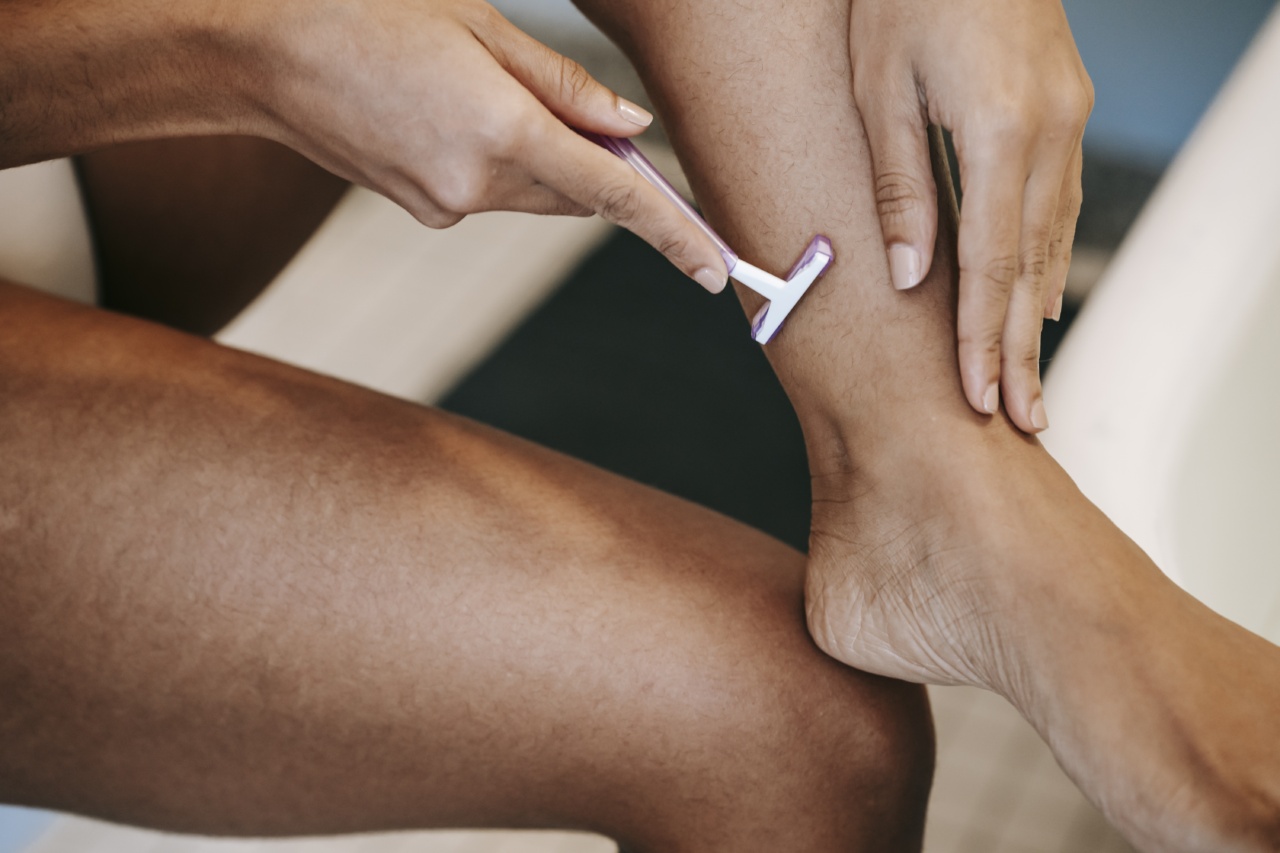Stretch marks, medically known as “striae,” are a common skin concern that affects people of all ages, genders, and body types.
These unsightly lines or streaks on the skin often appear due to rapid weight gain, growth spurts during puberty, pregnancy, or even when individuals engage in intense physical activities that cause the skin to stretch beyond its limit. Although stretch marks are harmless and pose no health risks, they can have a significant impact on one’s self-esteem and body image.
The Science Behind Stretch Marks
Stretch marks occur when the middle layer of the skin, known as the dermis, is stretched beyond its elasticity. This excessive stretching causes the collagen and elastin fibers, which provide strength and flexibility to the skin, to tear.
As a result, visible marks or scars appear on the surface of the skin, often resembling thin, reddish-purple streaks in the beginning and eventually fading to a silvery-white or pale color over time.
Common Areas Affected by Stretch Marks
Stretch marks can develop on various parts of the body, including:.
- Abdomen
- Hips
- Thighs
- Breasts
- Buttocks
- Arms
- Back
These areas are prone to stretching during pregnancy, weight gain, and muscle building activities, making them more susceptible to developing stretch marks.
Risk Factors for Stretch Marks
While stretch marks can affect anyone, certain factors increase an individual’s likelihood of developing them:.
- Genetics: Some people may inherit a genetic predisposition to stretch marks, making them more prone to developing these marks.
- Hormonal Changes: Hormonal fluctuations, such as those occurring during puberty, pregnancy, and hormonal imbalances, can contribute to the development of stretch marks.
- Rapid Weight Gain or Loss: Significant weight fluctuations can cause the skin to stretch and contract abruptly, leading to the formation of stretch marks.
- Corticosteroid Use: Prolonged or excessive use of corticosteroid medications, either oral or topical, can reduce the skin’s elasticity and increase the likelihood of stretch mark formation.
- Age: As the skin ages, it loses its elasticity, making it more vulnerable to stretching and the subsequent development of stretch marks.
The Psychological Impact of Stretch Marks
While stretch marks are purely a cosmetic concern and do not pose any health risks, the emotional and psychological impact they can have on an individual should not be underestimated.
Many people who develop stretch marks experience a decrease in self-confidence, body image issues, and even symptoms of depression or anxiety.
Struggling with the appearance of their skin, individuals may avoid certain clothing styles or social situations, impacting their quality of life and overall well-being.
It is important to address both the physical and emotional aspects of living with stretch marks and support individuals in their journey towards self-acceptance and body positivity.
Preventing Stretch Marks
While it may not be possible to completely prevent the formation of stretch marks, there are some measures individuals can take to minimize their occurrence:.
- Maintain a Healthy Weight: Gradual weight gain or loss can reduce the stress on the skin, minimizing the chances of stretch marks forming.
- Stay Hydrated: Drinking an adequate amount of water helps maintain the skin’s elasticity and overall health.
- Nourish Your Skin: Regularly moisturize the skin with creams or oils containing ingredients like cocoa butter, shea butter, or vitamin E to improve skin elasticity.
- Exercise: Engaging in regular exercise can help tone muscle and promote healthy circulation, supporting the overall health and resilience of the skin.
- Protect Your Skin from the Sun: Ultraviolet (UV) rays can damage the skin’s collagen and elastin fibers, making it more susceptible to stretch marks. Apply sunscreen with a high SPF to protect your skin from the sun’s harmful effects.
- Eat a Nutrient-Rich Diet: Consuming foods rich in vitamins A, C, E, and zinc can promote skin health and strengthen its elasticity.
Treating Existing Stretch Marks
While it may be challenging to completely eliminate existing stretch marks, various treatment options can help reduce their appearance:.
- Topical Creams and Oils: Applying creams or oils fortified with ingredients like retinol, hyaluronic acid, or peptides can improve the texture and appearance of stretch marks over time.
- Laser Therapy: Laser treatments, such as fractional laser therapy, stimulate collagen production and help fade stretch marks. These treatments require multiple sessions and should be performed by a qualified dermatologist.
- Microdermabrasion: This procedure involves exfoliating the top layer of the skin to promote new skin growth, reducing the appearance of stretch marks.
- Chemical Peels: Chemical peels use acids to remove damaged layers of skin, promoting the growth of new, healthier skin.
- Micro-Needling: This treatment involves using a device with tiny needles to create small punctures in the skin, triggering the body’s natural healing process and promoting the production of collagen and elastin.
- Camouflage: Using self-tanning products or makeup specially formulated for the body can help conceal the appearance of stretch marks temporarily.
Embracing Your Body: Self-Acceptance and Confidence
Ultimately, it is important to remember that stretch marks are a natural part of life for many individuals. Embracing your body and learning to accept its imperfections can lead to improved self-confidence and a more positive body image.
It is vital to surround yourself with a supportive community and seek professional help if necessary when dealing with body image concerns or mental health issues related to stretch marks.
Remember, you are much more than the marks on your skin, and you deserve to feel beautiful and confident in your own body.




























